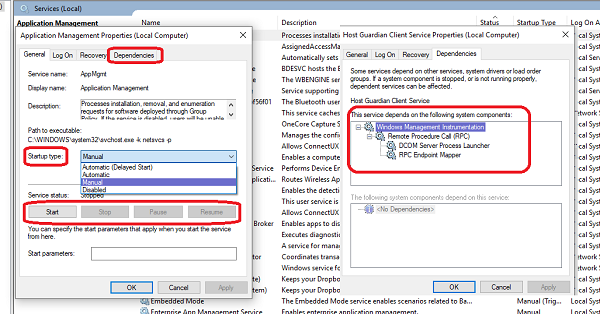Windows Services
Although services are often effectively invisible to users, Windows cannot function normally without them. A number of essential operating system functions are handled by services, including Networking, Hardware, and Remote access. In addition to services that are part of Windows, most computers also have several third-party applications that run partly or wholly as services. Common examples of third-party services include firewalls and antivirus applications. Read: What does Automatic (Trigger Start) and Manual (Trigger Start) mean for Windows Services? This white paper from Microsoft provides an overview of the changes to the services model that were introduced beginning with Windows Vista and is also applicable to later versions of Windows. You can also learn more about svchost.exe here. It covers the following topics: It also provides some best-practices guidelines for developers who intend to implement services for these versions of Windows. You can download the whitepaper from Microsoft. Incidentally, Microsoft has made some changes to the way Services are run by introducing a – Start on Demand startup type. Read: How to restore missing or deleted Windows Service.

